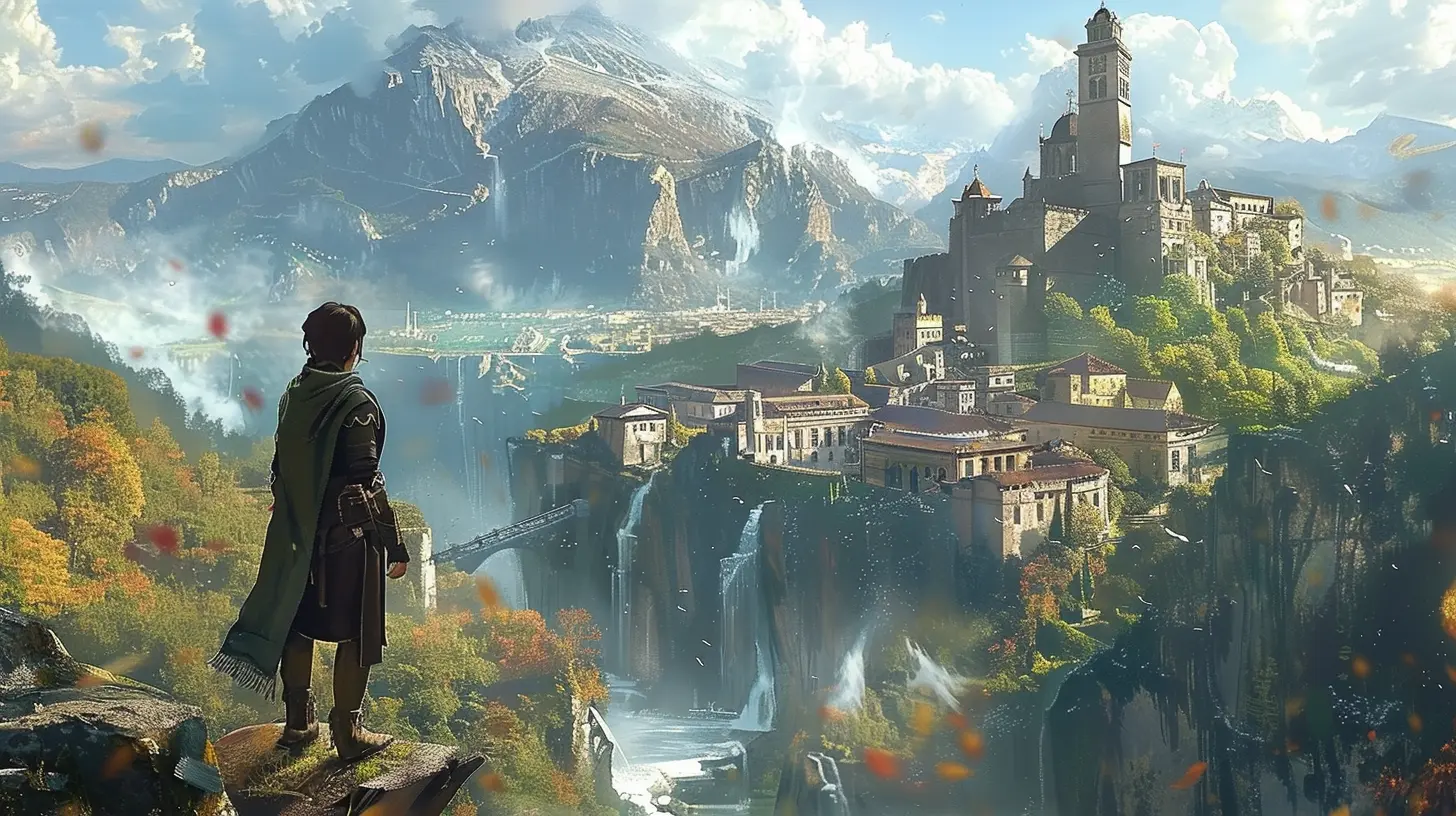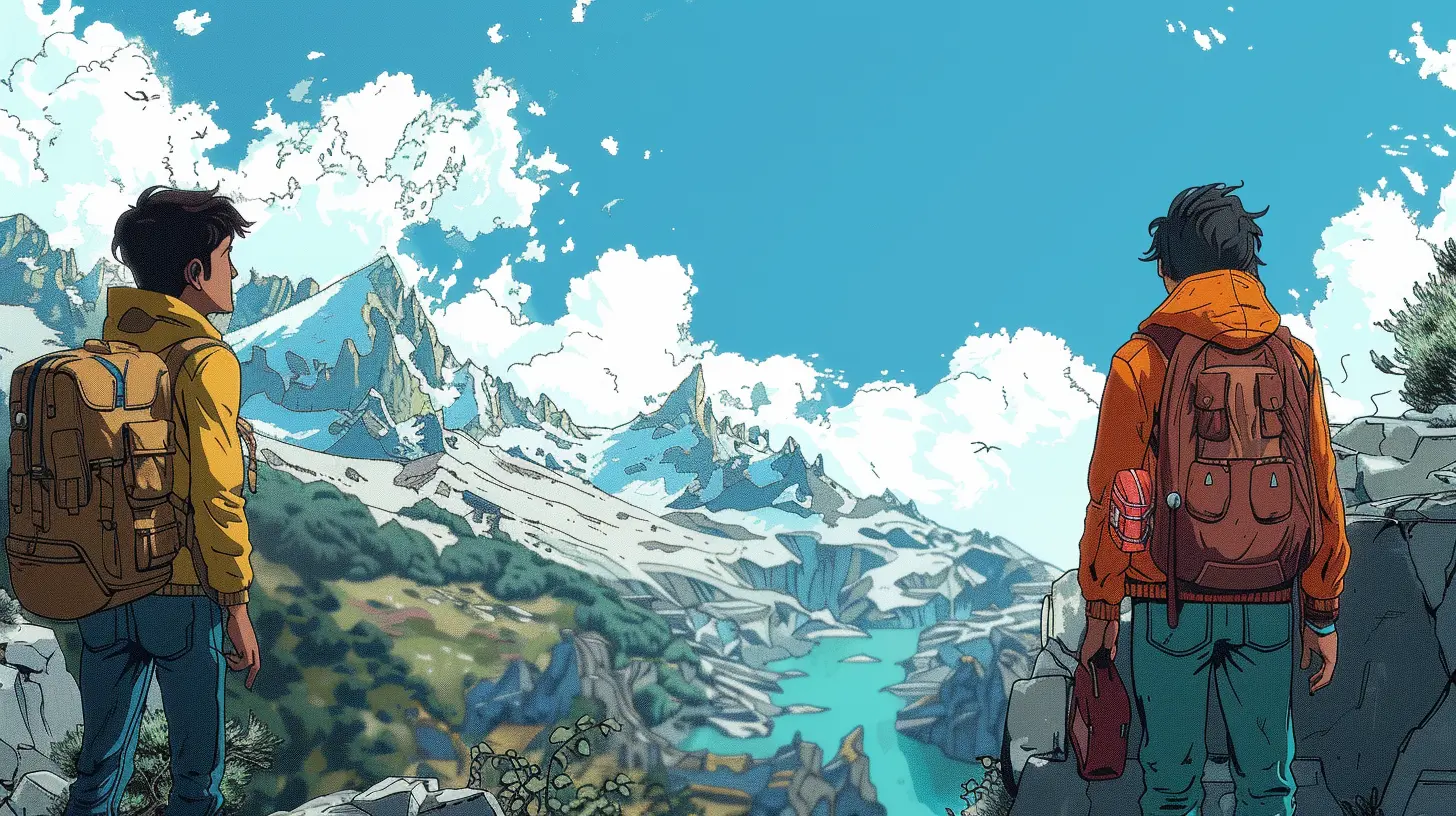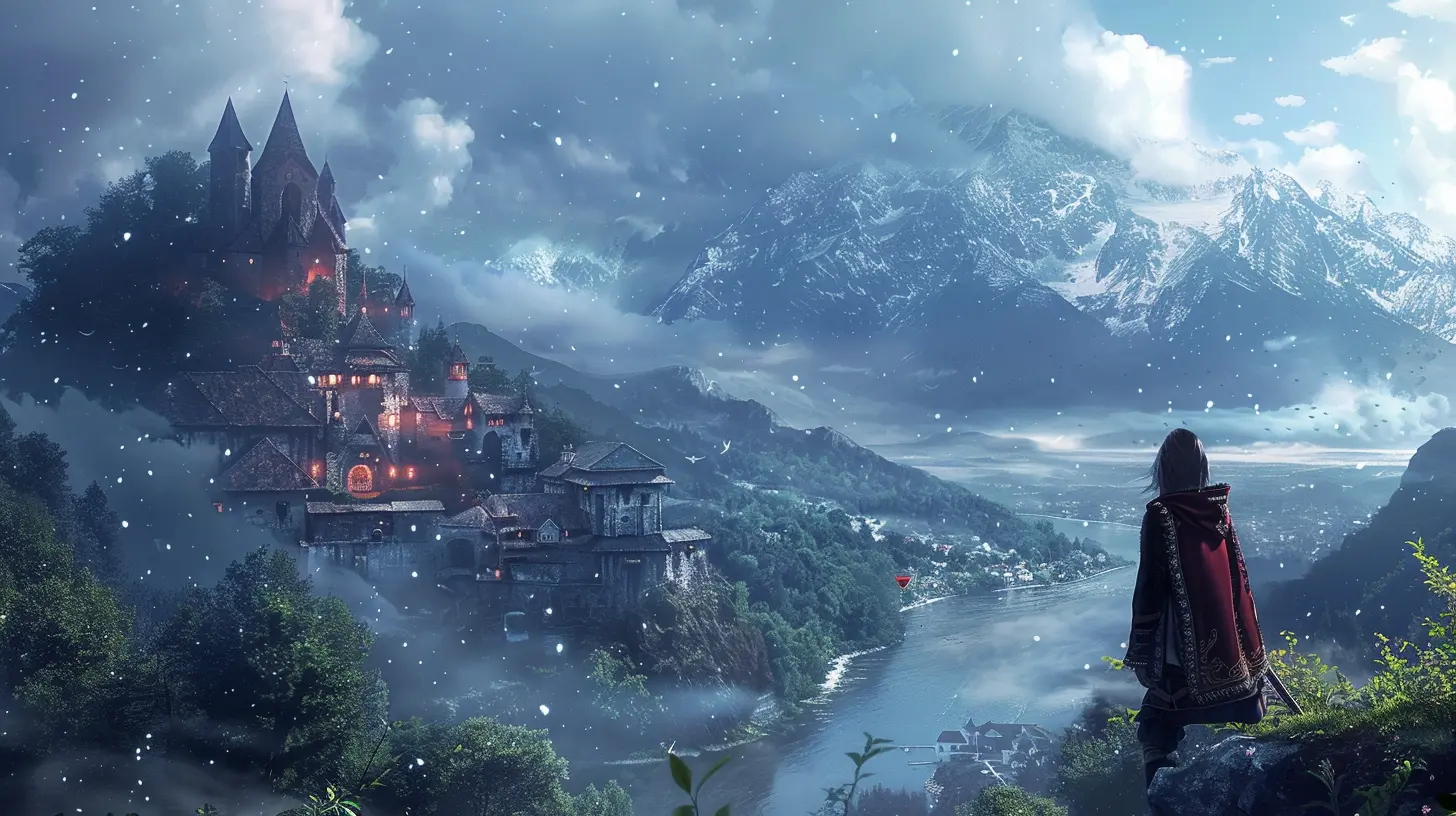How Indie Developers Are Revitalizing the Adventure Game Genre
14 June 2025
Adventure games have long held a special place in the hearts of gamers. From the pixelated quests of the '80s to the more cinematic experiences of the early 2000s, they’ve always been about one thing: storytelling. But somewhere along the way, the genre lost its spark. Big-budget studios abandoned ship, and adventure games teetered on the edge of extinction.
Then, something remarkable happened. Indie developers—those scrappy, passionate, smaller teams—stepped up and reignited the flame. They’ve dragged adventure games back from the depths and breathed fresh life into them. How, you ask? Let’s dive in.
A Genre Once Lost
To understand the indie revival, we need to go back to the decline of adventure games. For those of you who remember the '90s, you'll recall it was a golden era for the genre. Titles like Monkey Island, Myst, and The Longest Journey dominated shelves and players’ minds.But as gaming evolved, adventure games began to lose their audience. Flashier, more action-packed games like Call of Duty and Grand Theft Auto stole the spotlight. Point-and-click adventures and narrative-heavy games were deemed too slow-paced for the new generation of gamers. As major publishers pivoted to blockbuster hits, adventure games were left gathering dust.
By the mid-2000s, it felt like the genre was all but dead. But little did anyone know, a group of unsung heroes quietly working on small-budget projects would change everything.
The Rise of Indie Developers
So, what makes indie developers such game-changers? Well, unlike big studios chasing profit margins and market trends, indie devs are driven by passion. These are folks who grew up playing the classics and have always believed in the magic of great storytelling.The rise of digital distribution platforms like Steam, itch.io, and even mobile app stores created the perfect sandbox for indie developers. Suddenly, these small studios could make games on their own terms and share them with players directly—no middlemen, no big publishers dictating the rules.
Indie devs started experimenting, and boy, did it pay off. Games like Gone Home (2013) and Firewatch (2016) captivated players with their rich narratives and innovative gameplay. It's as if these developers took the best parts of old-school adventure games and added their own unique twists.
Nostalgia Meets Innovation
Let’s be real—part of the appeal of indie adventure games lies in nostalgia. Many indie devs grew up loving games like King’s Quest and Day of the Tentacle. They understand what made those older titles so special. But they’re not just copying what worked in the '90s. They’re reimagining it for the modern age.For instance, games like Thimbleweed Park (2017) pay homage to the classic LucasArts games with pixel art and quirky humor while incorporating quality-of-life updates like better controls and a smoother user interface. Meanwhile, Oxenfree (2016) takes the classic adventure formula but spices it up with supernatural themes and a real-time conversation system. It’s like blending retro charm with cutting-edge innovation.
Indie studios have the freedom to take risks, and it shows. They’re not trying to appeal to everyone; they’re making games that resonate deeply with a dedicated niche audience. And in doing so, they’re crafting experiences that are unforgettable.
The Power of Storytelling
Here’s the thing: adventure games are fundamentally about storytelling. And if there’s one thing indie developers nail, it’s telling a great story.Take Kentucky Route Zero (2013–2020), for example. This episodic game is weird, surreal, and utterly captivating. It takes players on a journey through mysterious highways and dreamlike worlds while exploring deep themes like debt, loss, and human connection. It's not your typical video game story, but that’s precisely what makes it so powerful.
Or consider Life is Strange (developed by Dontnod Entertainment and published under Square Enix's indie development arm). It’s an emotional rollercoaster that explores themes of friendship, mental health, and time manipulation. These aren’t cookie-cutter plots; they’re raw, real, and resonate in surprising ways.
Indie developers excel because they can take risks with their narratives. They aren’t afraid to tackle complex themes or experiment with unconventional storytelling methods. And as players, we get to experience something truly fresh and different.
Breaking Genre Boundaries
One of the coolest trends we’re seeing is how indie devs mash up genres. They’re taking the core elements of adventure games—exploration, puzzles, and narrative—and blending them with other gameplay styles.Take The Witness (2016), for example. It’s a first-person puzzle game that feels like a spiritual successor to Myst. But it also incorporates elements of open-world exploration and environmental storytelling in ways that feel fresh and exciting.
Another great example is Outer Wilds (2019). This mind-bending adventure combines exploration with time loops, offering players a sense of discovery that’s hard to put into words. It’s part adventure game, part space simulator, and entirely unforgettable.
This genre-blending keeps adventure games from feeling stale. It’s like adding unexpected spices to a familiar dish—it’s still comforting, but it’s also surprising and new.
Community-Driven Success
Indie developers have another secret weapon: their direct connection to the gaming community. Platforms like Kickstarter and Patreon allow developers to fund their projects with the help of fans. Games like Broken Age and Night in the Woods owe their success, in part, to crowdfunding.This community-driven approach creates a unique bond between developers and players. Gamers feel invested—literally and emotionally—in these projects. As a result, indie developers can take creative risks while knowing they have the support of a dedicated fanbase.
Additionally, indie devs listen to player feedback. They’re not hiding behind corporate bureaucracy; they’re on Twitter, Reddit, and Discord, engaging with their audience and tweaking games based on real input. It’s a level of transparency and collaboration you just don’t get with big studios.
The Future Looks Bright
So, what’s next for the adventure game genre? If indie developers have taught us anything, it’s that the possibilities are endless.We’re seeing exciting advancements in technology, like VR and AR, that could take adventure games to new heights. Imagine being fully immersed in a narrative-driven game where you’re physically solving puzzles and interacting with characters. With the innovation and passion of indie studios, this future doesn’t feel far off.
We’re also likely to see even more diversity in storytelling. Indie devs are already leading the charge when it comes to exploring underrepresented voices and perspectives. Games like Eliza and If Found… are proof that there’s still so much ground to cover.
Bottom line? The adventure game genre is in good hands. Thanks to indie developers, it’s thriving. They’ve proven that great stories, creativity, and a little bit of risk can go a long way.
Conclusion
Indie developers are the unsung heroes of the gaming world, especially when it comes to adventure games. They’ve taken a genre that many had written off as “too old-school” and turned it into something vibrant and exciting again. By blending nostalgia with innovation, embracing storytelling, and connecting directly with their audience, they’ve revitalized a genre we thought we’d lost.So, the next time you’re browsing for a new game, consider diving into the world of indie adventure games. Who knows? You might just discover your next favorite story.
all images in this post were generated using AI tools
Category:
Adventure GamesAuthor:

Lana Johnson
Discussion
rate this article
2 comments
Eden Good
Indies: the spark igniting adventure games' revival with bold creativity and fresh stories.
June 19, 2025 at 4:02 AM

Lana Johnson
Absolutely! Indie developers are indeed revitalizing the adventure game genre by bringing innovative narratives and unique gameplay experiences that resonate with both new and veteran players.
Uma Banks
Indie developers are truly the unsung heroes of the adventure game genre! Their creativity and passion breathe new life into storytelling, inviting us to explore uncharted worlds. Let’s celebrate their innovation and commitment—each game is a testament to the magic of imagination. The adventure is just beginning!
June 16, 2025 at 4:06 AM

Lana Johnson
Absolutely! Indie developers are at the forefront of innovation in the adventure game genre, and their unique visions are reshaping storytelling in exciting ways. Let's keep celebrating their contributions!


